There’s a question mark in the headline above this column each week, for good reason. No matter how polished your skills, it’s debatable whether your pizza, or tandoori chicken, or pad Thai, is going to be quite as good as that made by an expert working in a professional kitchen.
But not all of us have access to great takeaways at the moment, within our 5km radius. So, instead of looking longingly at photographs on social media, it can be fun having a go at re-creating your favourites at home.
Fakeaway Fridays have been homages to best-in-class takeaways. This week we have tips from one of Dublin’s best pizzaiolos on how to perfect your pie, in your home kitchen.
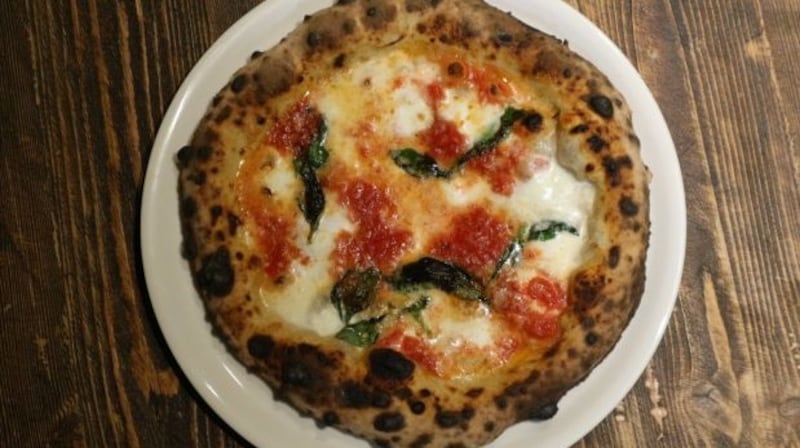
Reggie White, a Ballymaloe Cookery School graduate, honed his woodfired pizza skills at Flour + Water in San Francisco, and was cofounder of Pi pizza, on South Great George's Street in Dublin, before taking south Co Dublin by storm with his slow-fermented sourdough pizzas at Little Forest, in Blackrock.
Here are his recommendations for making pizza at home, starting with the dough.
"In Little Forest we use Shipton Mill organic bread flour. Don't get hung up on finding Italian 00 flour, just make sure you use a high-quality bread flour. Use very little yeast (4g of yeast to 1kg of flour), and give it time, 24 hours minimum, to prove in a cold room or fridge."
When it comes to baking the pizza, White suggests skipping the rolling or stretching of the dough. “Press the dough out into a sheet pan (a baking tray) and press it back once or twice during the proofing. Take it out of the fridge an hour before you want to bake it.”
His recommendation is to bake the pizza in two stages. “Put some sauce on it and bake it for eight minutes or so, then take it out and add a bit more sauce and the rest of the toppings, and finish the bake. Less is more with the toppings: use great toppings and use less of them.”
White doesn’t rate pizza stones – “they’re not very effective” – though he has seen good results with baking steels, the heavy metal sheets that slot into an oven and conduct heat better than stones. For optimum results with a domestic oven, you can sit the baking steel on a pizza stone, which will keep it hotter for longer when you are cooking multiple pizzas.
Having outgrown their domestic oven, some pizza enthusiasts have either built a pizza oven outside or invested in one of the portable pizza ovens that reach ferociously high temperatures and can cook a pizza in 60 seconds.
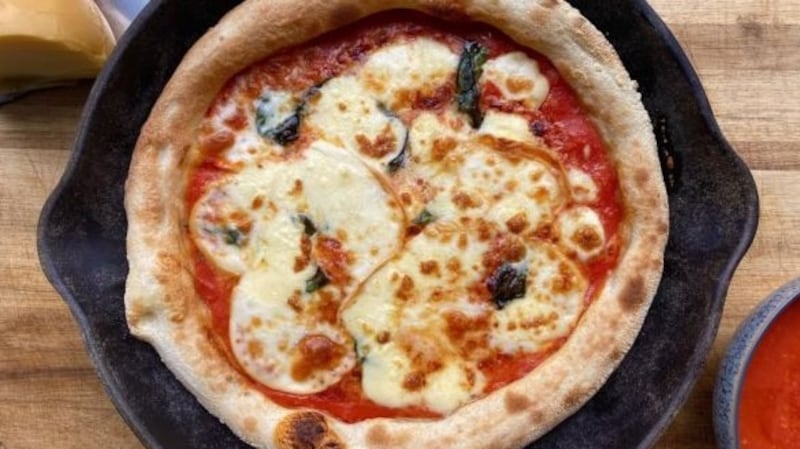
We sought opinions from enthusiasts and experts last summer, in which they shared their favourite ways of making perfect pizza at home. Their preferred options ranged from purpose-built wood-fired ovens to gas-fired ones, and of course the frying pan method. For more on that, read this frying pan pizza recipe and tips from Ronan Greaney of the Dough Bros in Galway.
The Irish Times recipe archive is well stocked with a great variety of pizza recipes. Here are five to get you started.
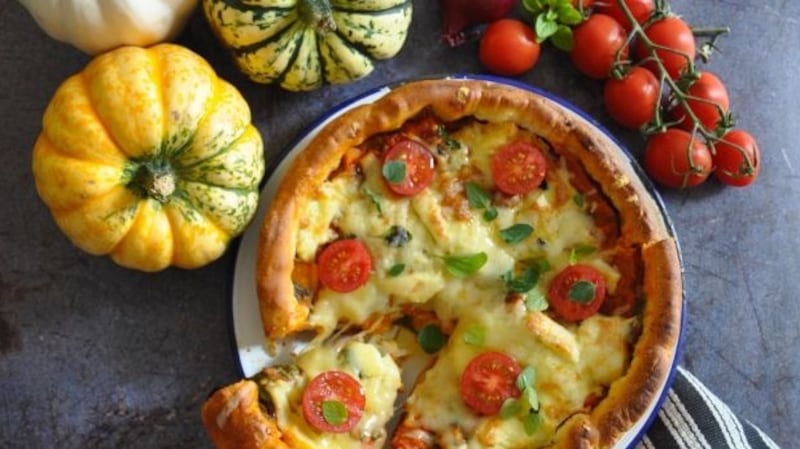
Lilly Higgins’s deep pan pizza with roast veg is simplicity itself, and a great way to get the good stuff into children.
[ Recipe: Lilly Higgins’s roast vegetable deep dish pizzaOpens in new window ]
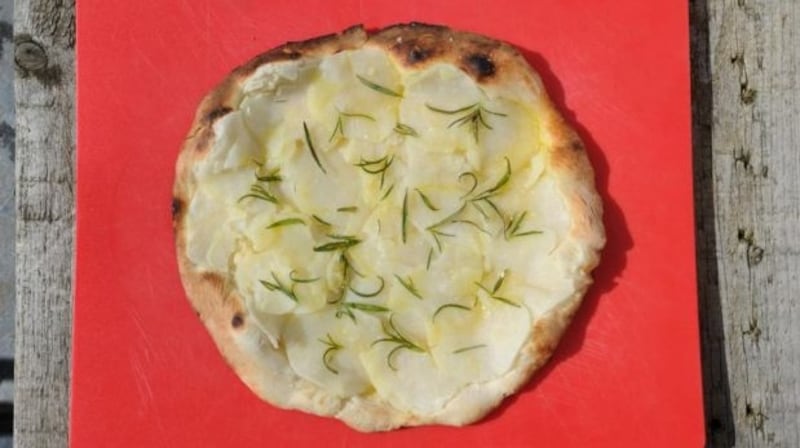
Darren Bradley opts for restraint with his potato and rosemary pizza, which is all the more delicious for it.
[ Recipe: Darren Bradley’s potato and rosemary pizzaOpens in new window ]
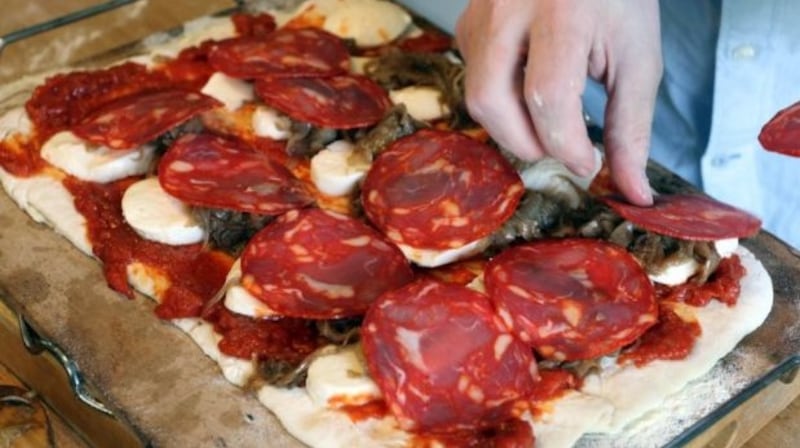
Liam Reid goes all-in with his mozzarella, chorizo, caramelised fennel and onion, rocket and Parmesan pie.
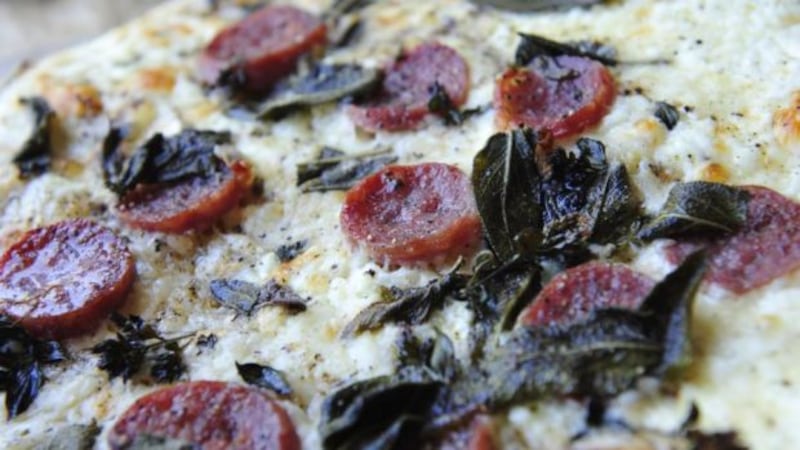
Domini Kemp’s white pizza has shades of the Alsace speciality flammenkuchen, with its creme fraiche rather than tomato topping. Finely sliced onions and bacon lardons would be a good sub for the salami Kemp uses here.
[ Recipe: Domini Kemp’s white pizzaOpens in new window ]
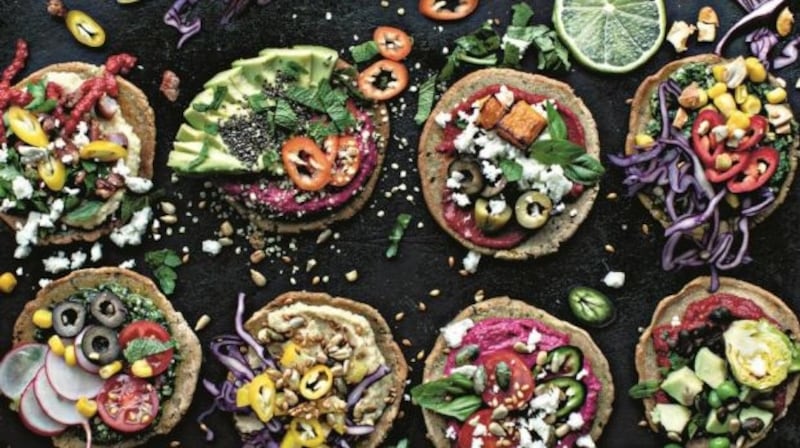
Roz Purcell’s mini oat pizzas are an interesting alternative to a yeasted base.











